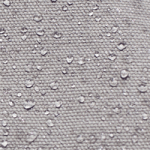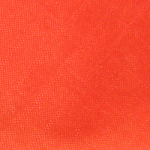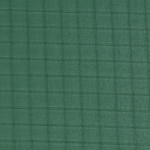In this guide, we’ll be focusing on the more outdoor and action sports related tents, which are generally of one of two flavours: tunnel or dome.
Which flavour you choose is largely determined by what you’re going to do and where you’re going. But keep in mind that the perfect tent for all conditions does not exist. Different conditions ask for different tents. There is no tent that meets all your wishes and requirements. And if you do not intend to purchase multiple tents, you’ll have to weigh your priorities and make an informed choice.
Tunnel Tents
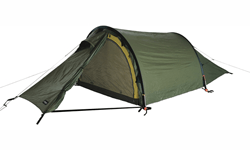 Tunnel tents combine a large living space with a low weight. They are made up of two to four tent poles, which can be different in length to achieve an optimal relationship between space, stability (wind) and material and as a result, weight.
Tunnel tents combine a large living space with a low weight. They are made up of two to four tent poles, which can be different in length to achieve an optimal relationship between space, stability (wind) and material and as a result, weight.
In these kinds of tents, there will generally be a sleeping compartment that is in effect a complete separate tent, and an area large enough to store your luggage or to cook. For most models, you sleep in the longitudinal direction. Once set up, which generally is very straight forward, the tunnel tent is quite strong and stable. However, the disadvantage of tunnel tents is that you have to set them up and span the tent with lines and pegs well because they are not self-supporting. Preferably you would set-up the tent in the same direction the wind is blowing so it does not buffet the tent from the side. But both spanning the tent as setting it in a smart angle to the wind can be difficult, resulting in the fabric of the tent catching too much of the wind, the noise keeping you up a little too much in the night.
- Pro’s: lots of space, lightweight, easy to set up (also in case of storm)
- Cons: not self-supporting, difficult to tighten in strong winds
Dome Tents
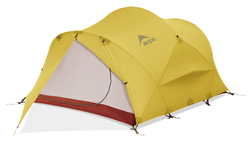 The framework of a dome tent consists of two or three poles that intersect at the highest point of the tent. The major advantage of this model is that the tent will support itself without lines or pegs. You can just set it up, and then see where you want to place your tent. Hamer in the pegs span the ropes and you’ll be secure.
The framework of a dome tent consists of two or three poles that intersect at the highest point of the tent. The major advantage of this model is that the tent will support itself without lines or pegs. You can just set it up, and then see where you want to place your tent. Hamer in the pegs span the ropes and you’ll be secure.
Due to their construction, dome tents handle winds a bit better than tunnel tents. There are round, so the wind passes over the tent from any direction. However, that does not mean they are all storm-proof. Models, where the poles cross each other several times, are more storm proof. Dome tents are harder to set up with hard wind than tunnel tents. And in high winds, it is more difficult to set up a dome tent. The big disadvantage of the dome tent is that it offers relatively little space. Generally, there are no separate compartments for storage or cooking.
- Pro’s: self-supporting and robust construction
- Cons: poor ratio space / weight
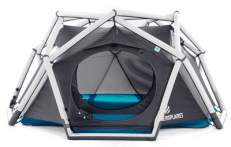 The quality of the current generation of tents is really quite high, the finish is excellent and the bang for your buck ratio is above average. Above all, there is a lot on offer; how to make the right choice?
The quality of the current generation of tents is really quite high, the finish is excellent and the bang for your buck ratio is above average. Above all, there is a lot on offer; how to make the right choice?


